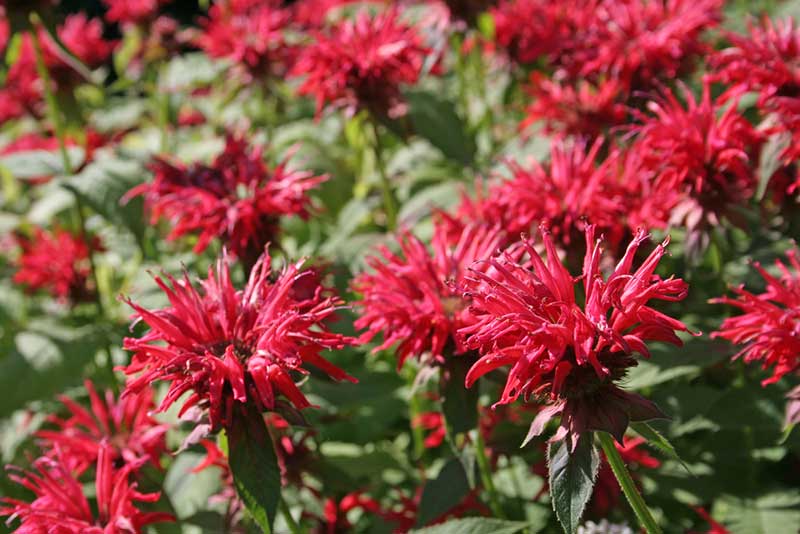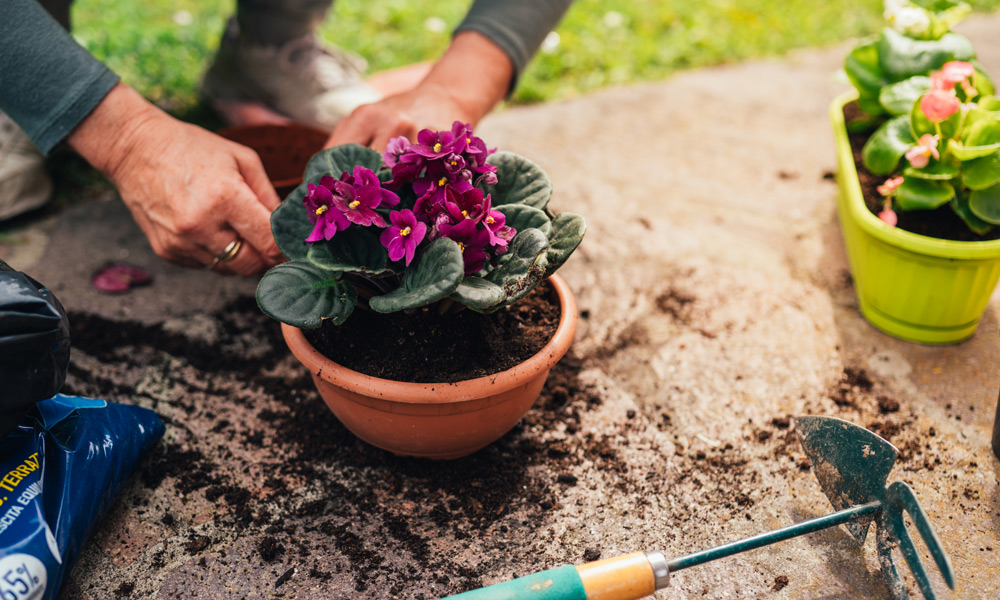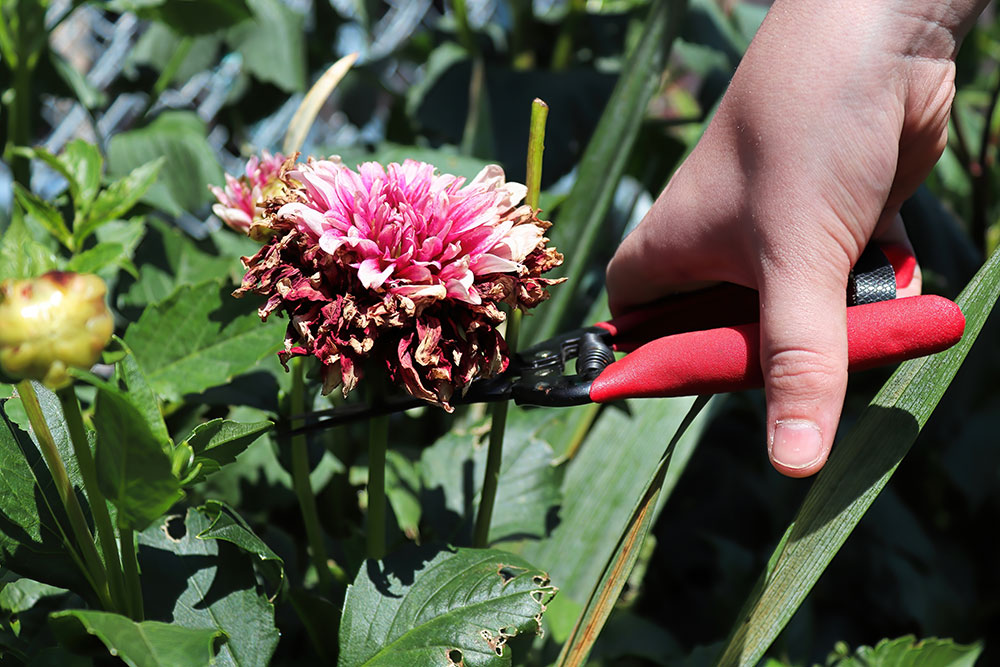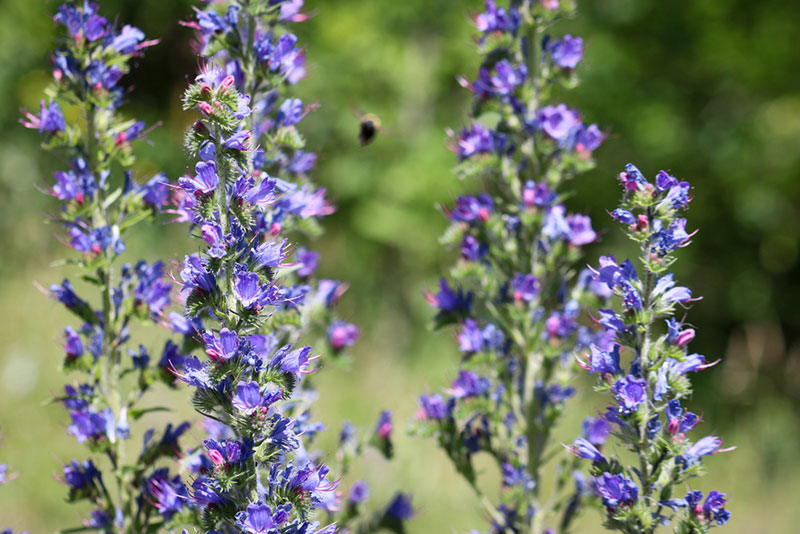
I love the way that viper’s bugloss looks in a garden, and in addition to the look of the plant, it will bring bees and other pollinators to your outdoor space. The wildflower has clusters of blooms that range in color from blue to red. The plant can be found in USDA hardiness zones three to eight.
There are more than 60 varieties of this plant, and each one needs slightly different care. This plant requires minimal effort to manage it as it grows outdoors, but it is also an invasive plant that can quickly overtake a garden if it is not properly pruned. Here are some tips that you will want to be aware of to make sure that it thrives.
Light and Temperature Requirements
This plant will grow best with full sun, so keep that in mind when finding a location to plant it. It prefers to grow in relatively warm temperatures, so living in a climate where the temperature is between 65 and 70 degrees Fahrenheit is ideal. This plant also does not do well with frost, so cold winter temperatures should be avoided for the best growing outcome. If it grows in a cold area, make sure to utilize mulch to keep the plant warm when it’s cold outside.
Water Requirements
The viper’s bugloss needs an average amount of water to grow, but it is drought-tolerant, so it can tolerate less water than some plants. When the plant is growing, it will need more water. In most cases, rainwater will be enough for the plant to survive, but additional water may be necessary if there has been little rain.
Soil and Fertilizer Requirements
This is a plant that will be able to grow in most types of soil. It does not prefer one type over another, but it will thrive in soil with a pH between 6.5 and 7. In addition to this, the soil will need to have good drainage so that the plant roots do not sit in water at any time.
In nature, this plant will grow in chalk-like soil that drains well, but sandy soil is also a great option to use. Fertilizer is not recommended for this plant’s growth, so other than some compost that you mix with the soil, nothing else needs to be added.
Deadheading and Pruning
Since this is a plant that spreads its seeds without much help, you will need to deadhead the flowers when they are done blooming to help minimize the spread of the plant. Remove any wilted flowers and prune back the plant as well to give it a fresh start each year.
If you fall behind with pruning the plant, it could easily overtake your garden. Otherwise, there is not much pruning that needs to be done to viper’s bugloss plants.
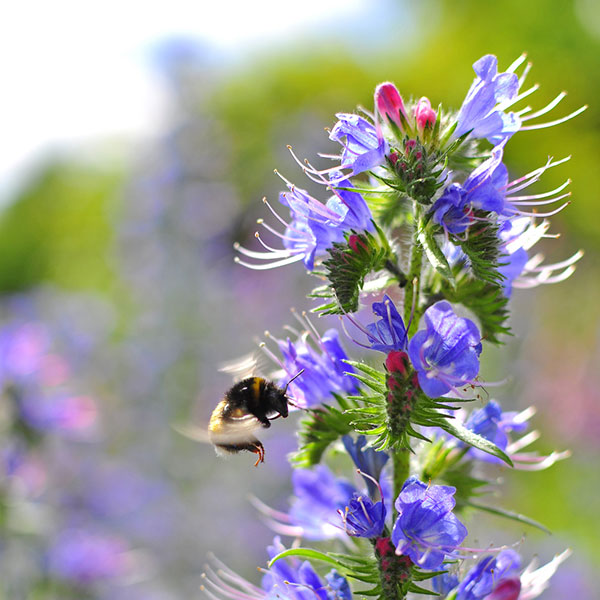
Propagation Methods
As I already stated, this is a plant that self propagates, but if you are looking to create a new plant instead of simply spreading the existing one, you can plant the seeds in another location. If you plant the seeds outside, they will begin to grow on their own when the time is right. However, you can also germinate the seeds indoors to get a step up on the process. For this process, use peat pots that can easily be transplanted.
The germination period will last two to three weeks. During this time, keep the temperature between 65 and 70 degrees Fahrenheit. After the last frost of the year, you can move the new plants outdoors and find a place to plant them.
Pests, Diseases, and Other Concerns
Not many pests or diseases affect this plant, so you will not need to worry about much more than a bunch of bees around your garden. If you allow the plant to keep self-propagating, you may soon be overrun by bees, so make sure to keep it trimmed. Slugs are also an issue that you may have with this plant, but a simple slug repellant can help to keep them away from your garden.
Root rot can be an issue that you face with the viper’s bugloss, especially if it rains a lot where it is planted, and the soil doesn’t have a chance to dry out. One thing to note is that the spiky hairs that can be found around this plant’s stems can prick your skin when you touch it. In addition, the pollen, which is relatively plentiful, can also irritate your skin if it comes in contact with it.

